Initial findings of the Super Heavy Element Factory—an atom smasher in Russia—reveal details about some of the heaviest known elements.



Researchers have calculated the likelihood that a quantum state will decay when its evolution is inhibited by a dearth of final states.
Quantum systems are fragile, meaning a specific quantum state generally decays into other states over time. This decay process is formalized by Fermi’s golden rule (FGR), which in its traditional formalization applies when there exists an infinite continuum of states for the quantum system state to decay to—for example, when an excited atom emits a photon into a vacuum. Now Tobias Micklitz at the Brazilian Center for Research in Physics and colleagues have developed and solved a model showing how a quantum system evolves when its initial state is instead coupled to a finite set of states spread across discrete energy levels [1]. Micklitz says that their model could be the foundation for models of more complex, many-body quantum systems.
FGR-obeying systems occupy one end of a scale, where the coupling strength between the systems’ initial and final states is large relative to the energy gap between the various final states (zero for a continuum of states). At the other end of the scale, the coupling strength is much lower relative to this gap. A system that sits in this second regime remains in its initial state, as there are too few available final states for it to decay into.
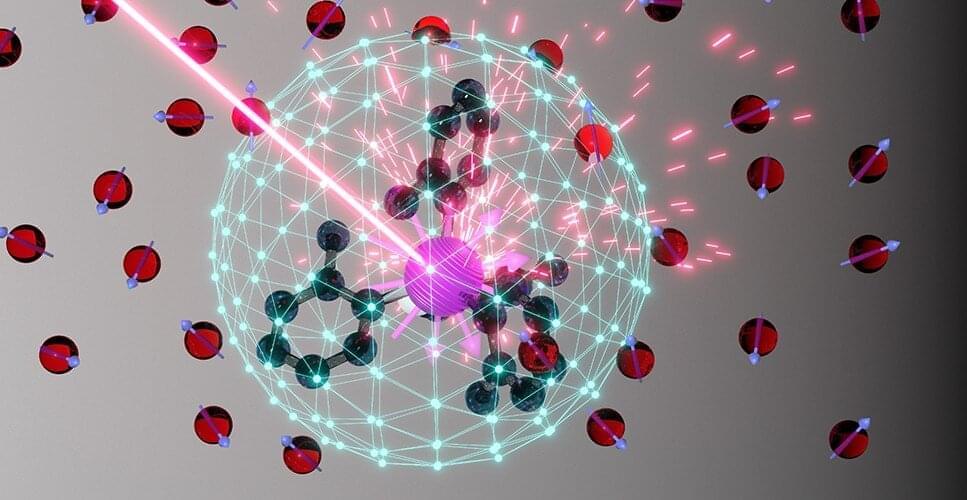
The concept of “symmetry” is essential to fundamental physics: a crucial element in everything from subatomic particles to macroscopic crystals. Accordingly, a lack of symmetry—or asymmetry—can drastically affect the properties of a given system.
Qubits, the quantum analog of computer bits for quantum computers, are extremely sensitive—the barest disturbance in a qubit system is enough for it to lose any quantum information it might have carried. Given this fragility, it seems intuitive that qubits would be most stable in a symmetric environment. However, for a certain type of qubit—a molecular qubit—the opposite is true.
Researchers from the University of Chicago’s Pritzker School of Molecular Engineering (PME), the University of Glasgow, and the Massachusetts Institute of Technology have found that molecular qubits are much more stable in an asymmetric environment, expanding the possible applications of such qubits, especially as biological quantum sensors.
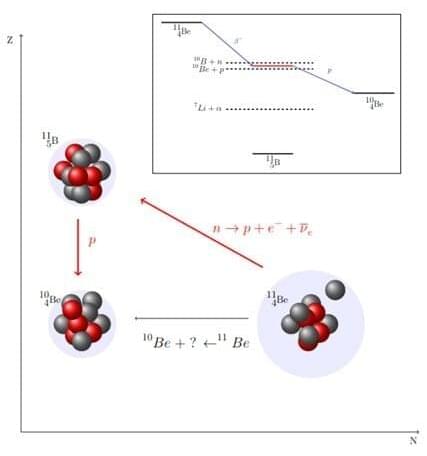
Most mass in everyday matter around us resides in protons and neutrons inside the atomic nucleus. However, the lifetime of a free neutron—one not bounded to a nucleus—is unstable, decaying by a process called beta decay. For neutrons, beta decay involves the emission of a proton, an electron, and an anti-neutrino. Beta decay is a common process.
However, scientists have some significant uncertainties about the neutron lifetime and about the neutron decaying inside a nucleus that leads to a proton emission. This is called beta-delayed proton emission. There are only a few neutron-rich nuclei for which beta-delayed proton emission is energetically allowed. The radioactive nucleus beryllium-11 (11 Be), an isotope that consists of 4 protons and 7 neutrons, with its last neutron very weakly bound, is among those rare cases. Scientists recently observed a surprising large beta-delayed proton decay rate for 11 Be. Their work is published in Physical Review Letters.
The discovery of an exotic near-threshold resonance that favors proton decay is a key for explaining the beta-delayed proton decay of 11 Be. The discovery is also a remarkable and not fully understood manifestation of quantum many-body physics. Many-body physics involves interacting subatomic particles. While scientists may know the physics that apply to each particle, the complete system can be too complex to understand.
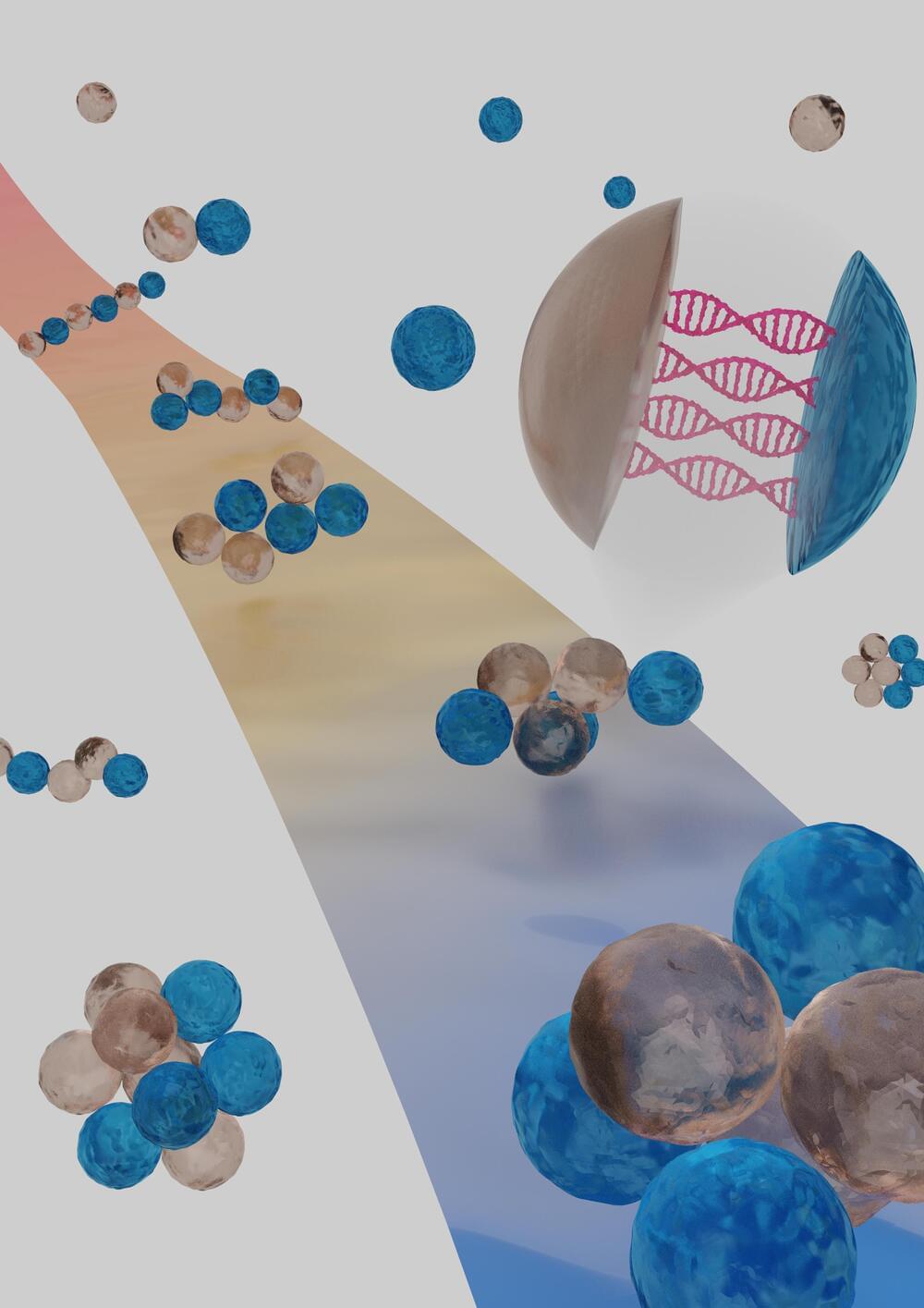
A team of physicists has created a new way to self-assemble particles—an advance that offers new promise for building complex and innovative materials at the microscopic level.
Self-assembly, introduced in the early 2000s, gives scientists a means to “pre-program” particles, allowing for the building of materials without further human intervention—the microscopic equivalent of Ikea furniture that can assemble itself.
The breakthrough, reported in the journal Nature, centers on emulsions—droplets of oil immersed in water—and their use in the self-assembly of foldamers, which are unique shapes that can be theoretically predicted from the sequence of droplet interactions.
Have you ever been faced with a problem where you had to find an optimal solution out of many possible options, such as finding the quickest route to a certain place, considering both distance and traffic?
If so, the problem you were dealing with is what is formally known as a “combinatorial optimization problem.” While mathematically formulated, these problems are common in the real world and spring up across several fields, including logistics, network routing, machine learning, and materials science.
However, large-scale combinatorial optimization problems are very computationally intensive to solve using standard computers, making researchers turn to other approaches. One such approach is based on the “Ising model,” which mathematically represents the magnetic orientation of atoms, or “spins,” in a ferromagnetic material.


Researchers at UCLA have created an edible particle that helps make lab-grown meat, known as cultured meat, with more natural muscle-like texture using a process that could be scaled up for mass production.
Led by Amy Rowat, who holds UCLA’s Marcie H. Rothman Presidential Chair of Food Studies, the researchers have invented edible particles called microcarriers with customized structures and textures that help precursor muscle cells grow quickly and form muscle-like tissues. Edible microcarriers could reduce the expense, time, and waste required to produce cultured meat with a texture that appeals to consumers. The results are published in the journal Biomaterials.
“Animal cells that can be coaxed to form tissues similar to meats could offer a protein source to a world facing food insecurity caused by threats ranging from epidemics to natural disasters,” said Rowat, who is an associate professor of integrative biology and physiology at the UCLA College. “Cultured meat products are not yet on the market in the U.S. and strategies to enable mass production are still emerging.”
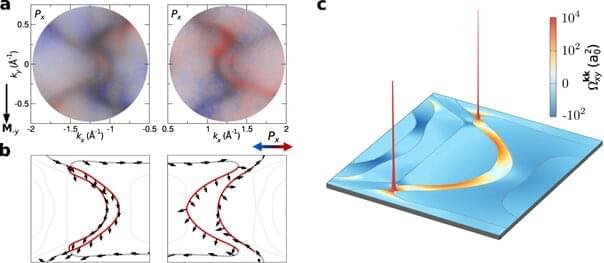
Jülich researchers have been able to demonstrate an exotic electronic state, so-called Fermi Arcs, for the first time in a 2D material. The surprising appearance of Fermi arcs in such a material provides a link between novel quantum materials and their respective potential applications in a new generation of spintronics and quantum computing. The results have recently been published in Nature Communications.
The newly detected Fermi arcs represent special—arc-like—deviations from the so-called Fermi surface. The Fermi surface is used in condensed matter physics to describe the momentum distribution of electrons in a metal. Normally, these Fermi surfaces represent closed surfaces. Exceptions such as the Fermi arcs are very rare and often are associated with exotic properties like superconductivity, negative magnetoresistance and anomalous quantum transport effects.
Today’s technology challenge is to develop the “on-demand” control of physical properties in materials. However, such experimental tests have been largely limited to bulk materials and are key grand challenges in condensed matter science. With its groundbreaking paradigm, the findings present a promising new frontier for quantum control of topological states in low-dimensional systems by external means—the external magnetic field that offers unprecedented capabilities on 2D materials for artificial intelligence as well as future information processing.
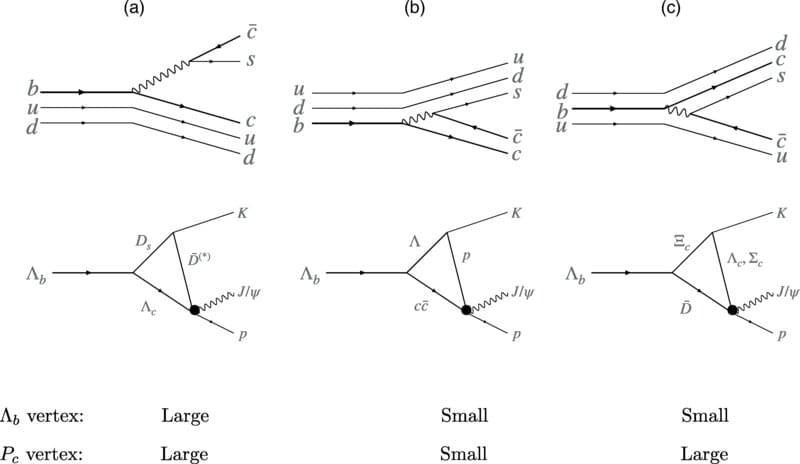
Theorists at the University of Pittsburgh and Swansea University have shown that recent experimental results from the CERN collider give strong evidence for a new form of matter.
The experiment at CERN, site of the world’s highest-energy particle collider, examined a heavy particle called a Lambda b that decays to lighter particles, including the familiar proton and the famed J/psi, discovered in 1974.
In a paper published online today in Physical Review D, physicists Tim Burns of Swansea in Wales and Eric Swanson at Pitt argue that the data can be understood only if a new type of matter exists.